http://artportal.hu/video/a-gyuruk-mennek-az-ujjak-maradnak-ember-sari-bruno-baptistelli
http://artportal.hu/magazin/kortars/egy-lakas-a-koruton-bejaras-ember-sarival
http://artkartell.hu/component/k2/155-hazibulik-kora
http://welovebudapest.com/budapest.nevezetessegei/muzeum.korut.19.roth.zsigmond.berhazaban.jartunk
http://kep-ter.blog.hu/2016/02/15/ember_sari_es_bruno_baptistelli_kiallitasa_a_muzeum_korut_19-ben
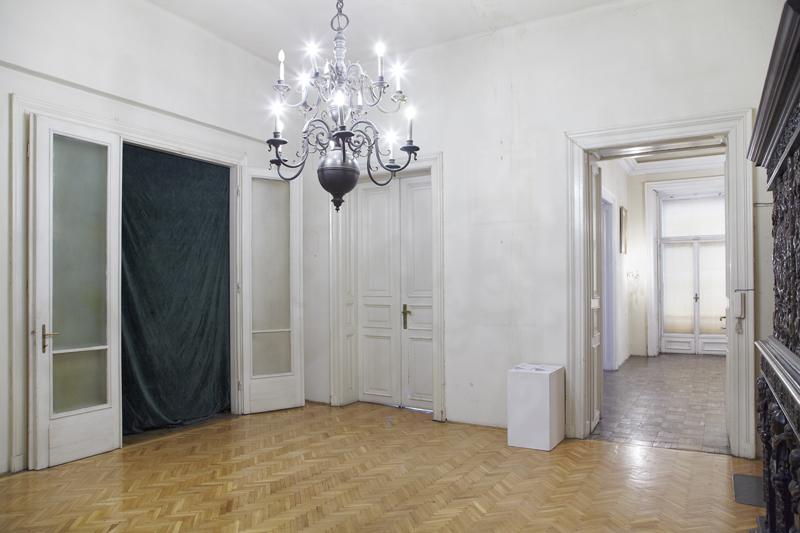

Video with Magdolna Asbóth by her son Sándor Ember, 1994, 69 min (video still)

Video with Magdolna Asbóth by her son Sándor Ember, 1994, 69 min (video still)
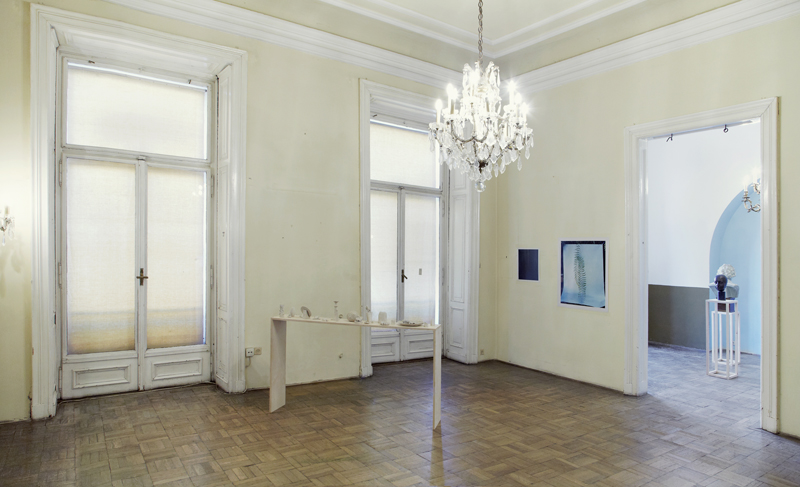

Sári Ember: Fern, 2013; Ladder, 2014, c-print
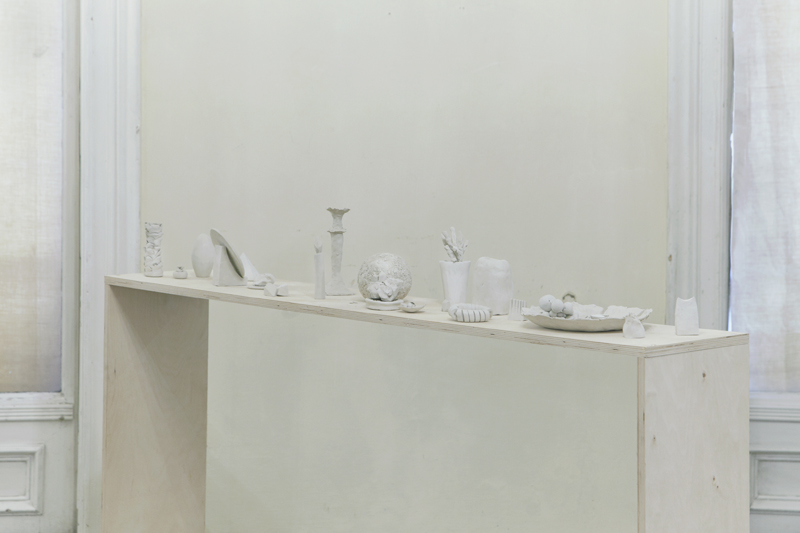
Sári Ember: Collection, 2016, clay

Sári Ember: Collection, 2016, clay (detail)
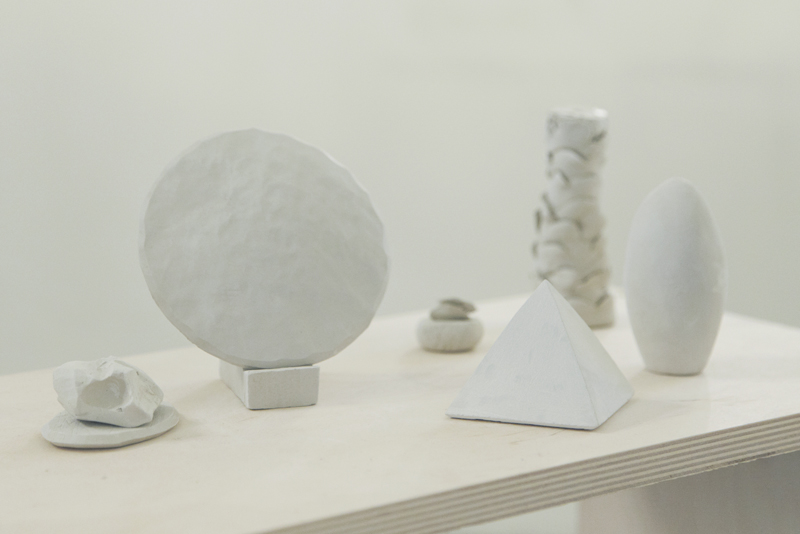
Sári Ember: Collection, 2016, clay (detail)
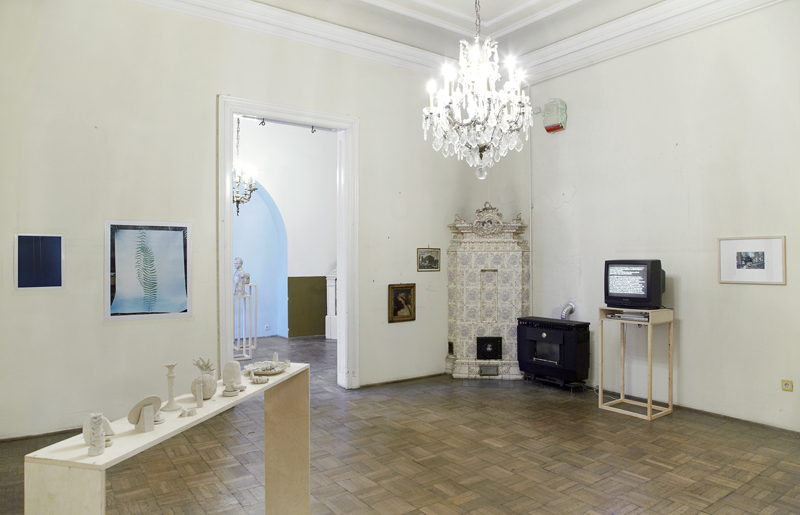

Márton Hakkel: Fictive conversation in the Salon
thematic montage of the details of the interviews 2012-2016, 71 min
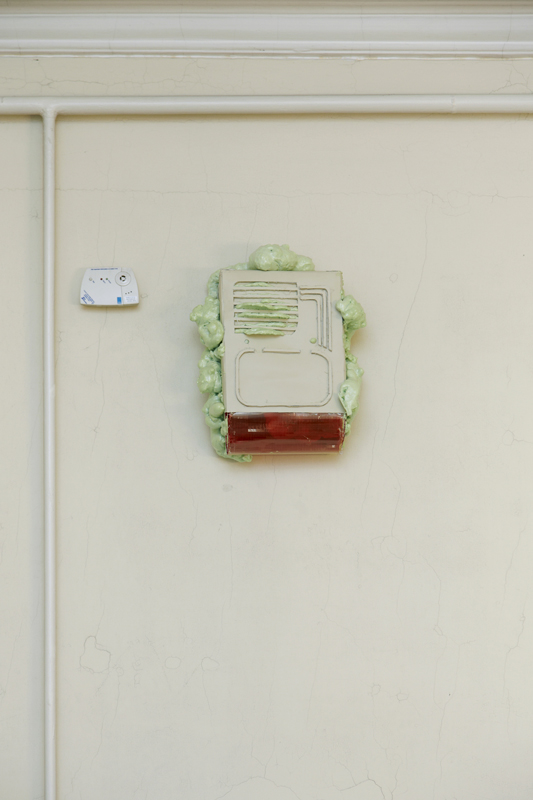
Zsófi Keresztes, Dumb Alarm (from the series ‘Priggish Hunting for Stolen References’)
2015, paper, adhesive paper, glue, expanding foam, plastic
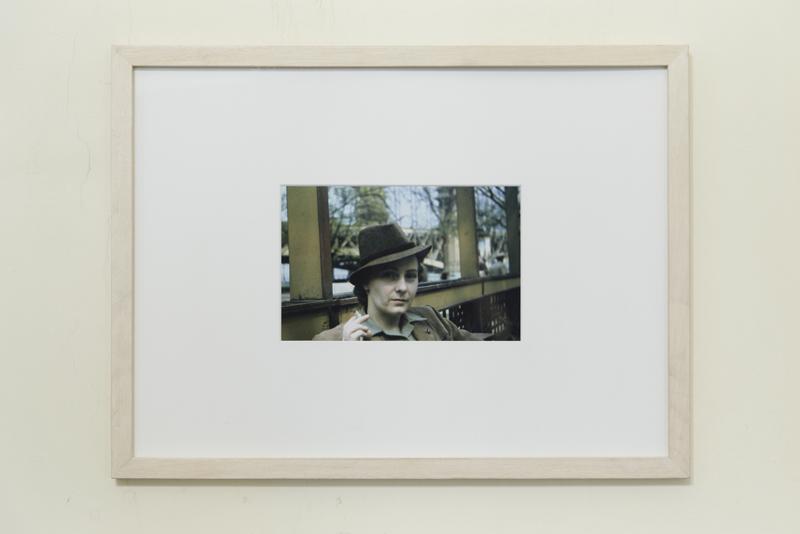
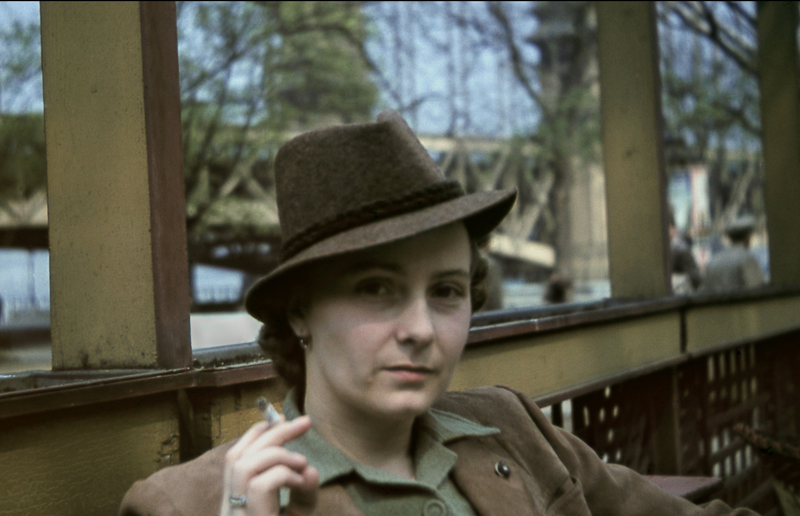
Dr. Károly Ember, Mrs. Károly Ember (maiden name Magdolna Ashbóth) at the Belgrád embankment,
Budapest,1940, coloured slide film digitalized by Fortepan

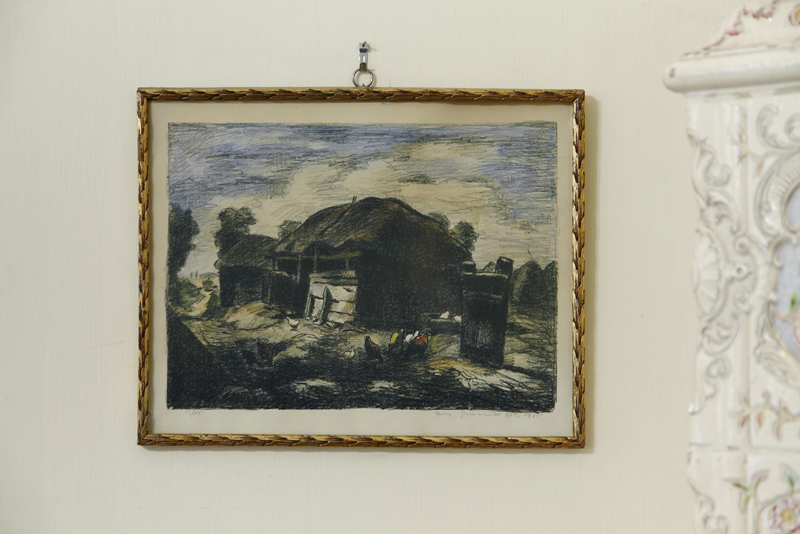
Iványi-Grünwald Béla (1867-1940), litography, title and date unknown legacy of Magdolna Asbóth
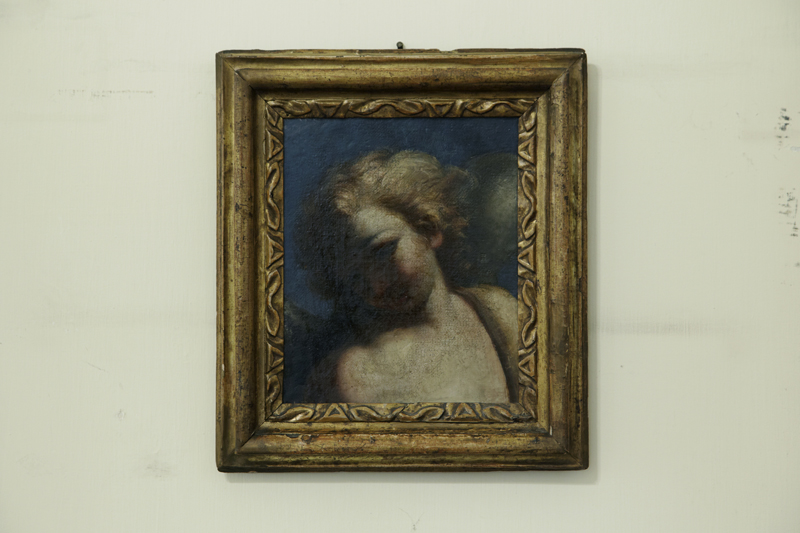
attributed to Károly Lotz, (1833-1904) oil on canvas, title and date unknown legacy of Magdolna Asbóth


My stolen memories 2009.03.doc, typed by Magdolna Asbóth as an attachment for complaint of robbery

My stolen memories 2009.03.doc, typed by Magdolna Asbóth as an attachment for complaint of robbery (detail)

Masa Feszty (1895-1979), title and date unknown, legacy of Magdolna Asbóth
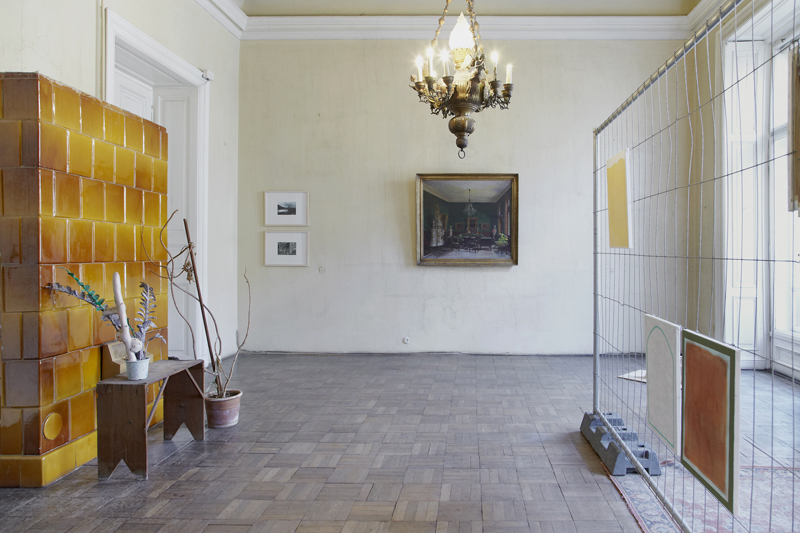

Béla Vidovszky (1883-1973), The green parlour in the castle of Jenő Hubay, oil on canvas, date unknown
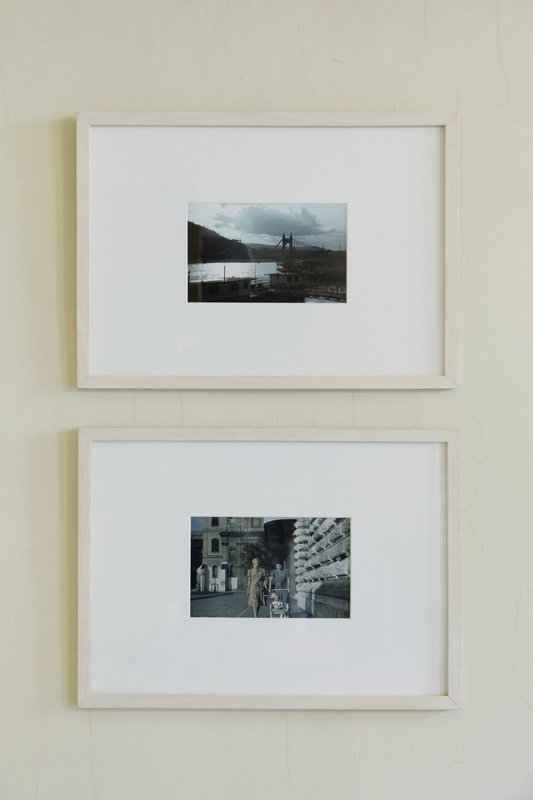
Dr. Károly Ember:
View on the Danube with the old Elisabeth Bridge, 1940
Mrs. Károly Ember (maiden name Magdolna Ashbóth) and Eluka, the nanny at the 15th of March square,1943
coloured slide film digitalized by Fortepan
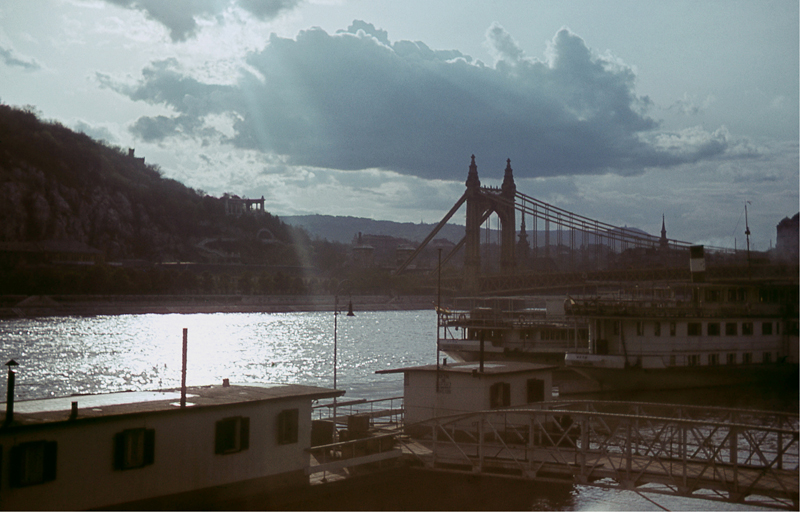
Dr. Károly Ember, View on the Danube with the old Elisabeth Bridge Budapest,1940,
coloured slide film digitalized by Fortepan
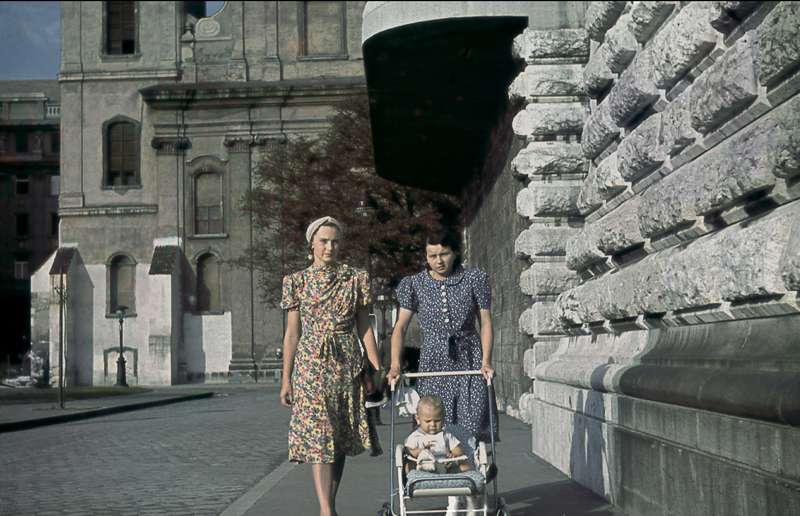
Dr. Károly Ember, Mrs. Károly Ember (maiden name Magdolna Ashbóth) and Eluka, the nanny at the 15th of March square Budapest,1943, coloured slide film digitalized by Fortepan

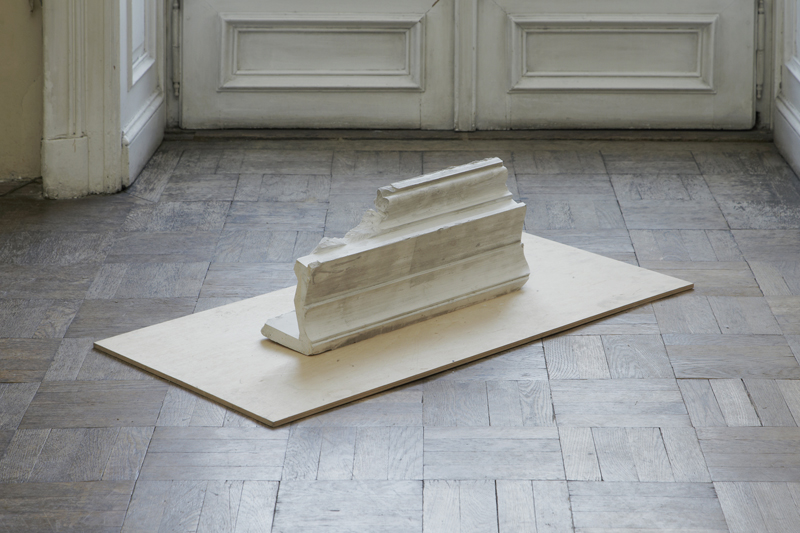
a piece of the moulding that fell down from the ceiling in the staircase

Bruno Baptistelli: For a while, 2016, installation, cordon grid and 5 paintings
(canvas, acrilic wall paint, iron oxide pigment, pastel)

Bruno Baptistelli: For a while, (detail)
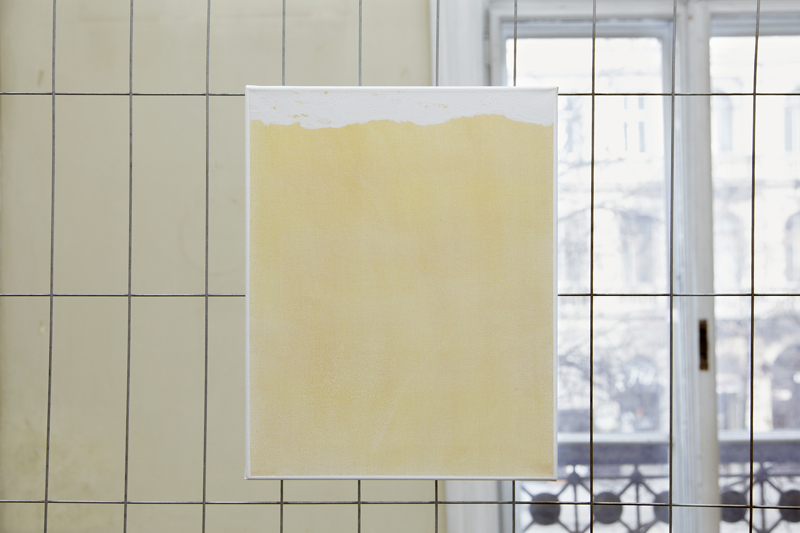
Bruno Baptistelli: For a while, (detail)
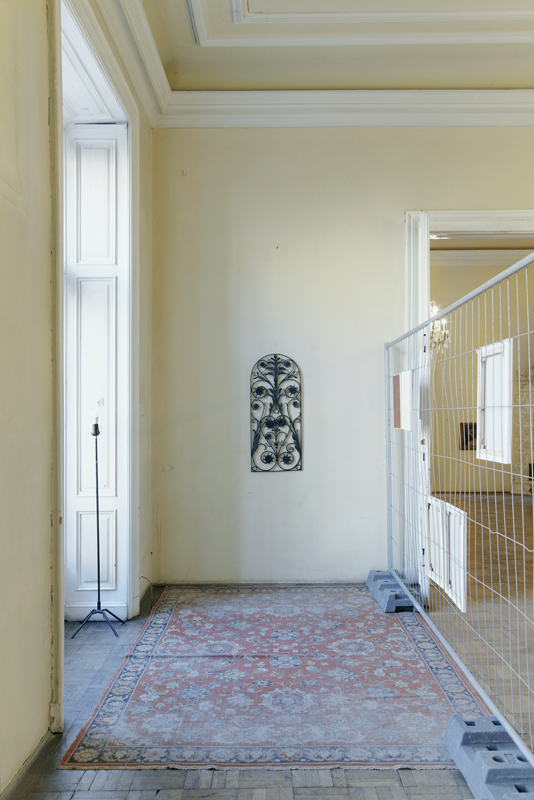

Bars of the oaken gate, which was replaced with aluminium doors in the 60’s
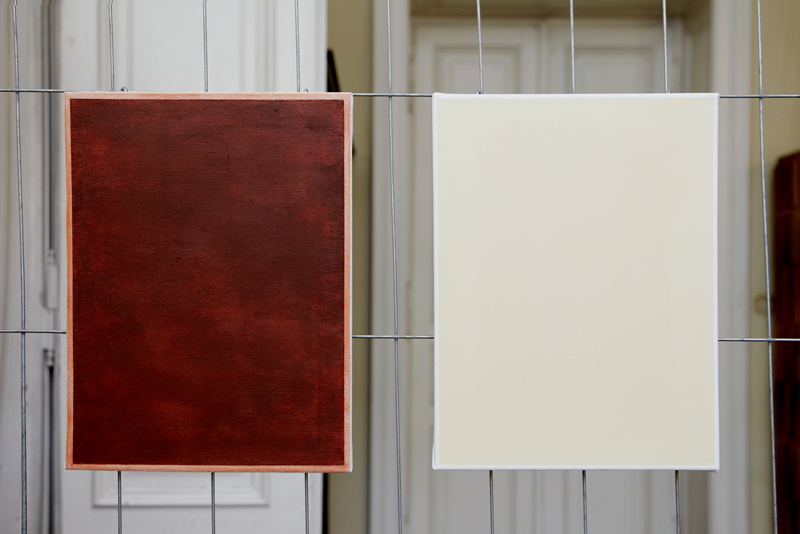
Bruno Baptistelli: For a while, (detail)
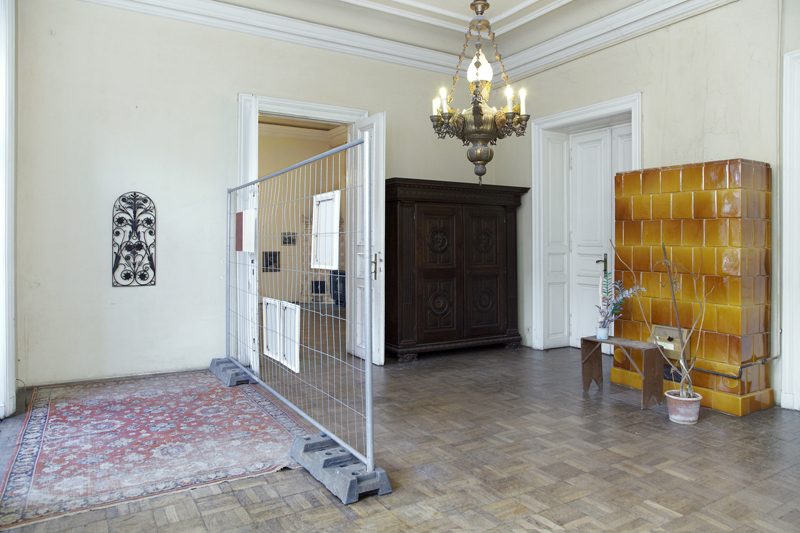
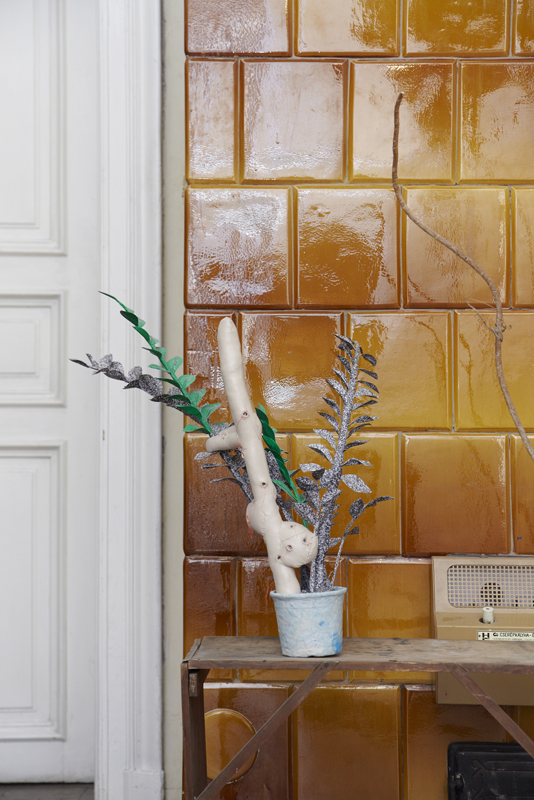
Zsófia Keresztes: Zamioculcas Zamiifolia (from the series ‘ Farmer’s Room’) 2013,
paper, acrylic paint, imitation leather, thread, plasticine, glue
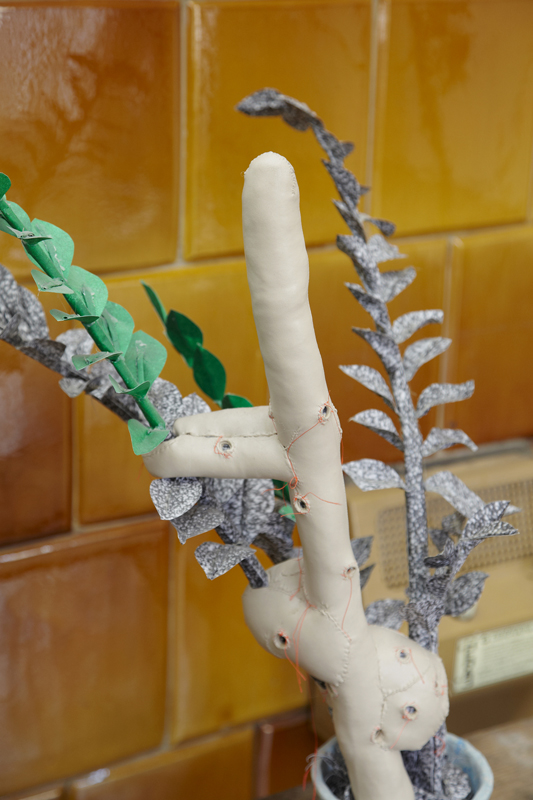
Zsófia Keresztes: Zamioculcas Zamiifolia (from the series ‘ Farmer’s Room’) 2013,
paper, acrylic paint, imitation leather, thread, plasticine, glue (detail)
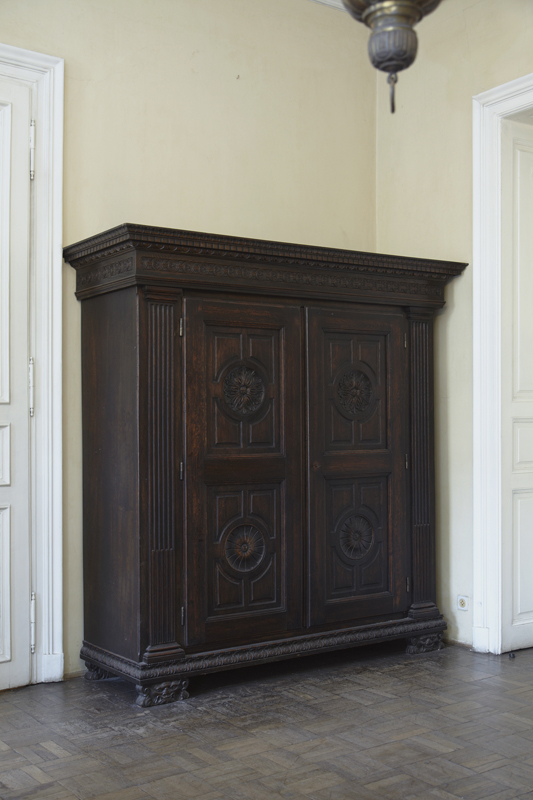
Gardrobe
Made by Miklós, furniture carpenter with the use of walnut trees from the garden of Sr.Károly Ember’s house in Pomáz
upon the request of Dr. Károly Ember. Its door protected Magda from the impact of bullet splinters in 1956.


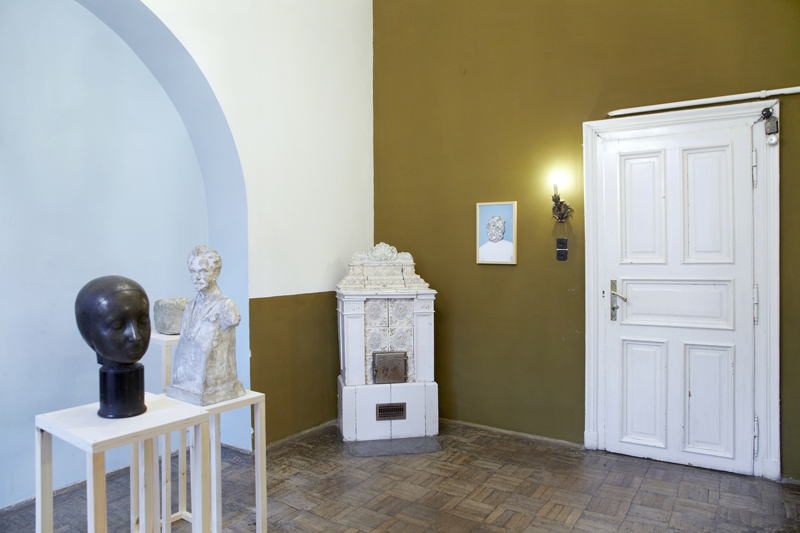

Zsófia Keresztes & Krisztián Zana: Reflected Area I. 2014, giclée print
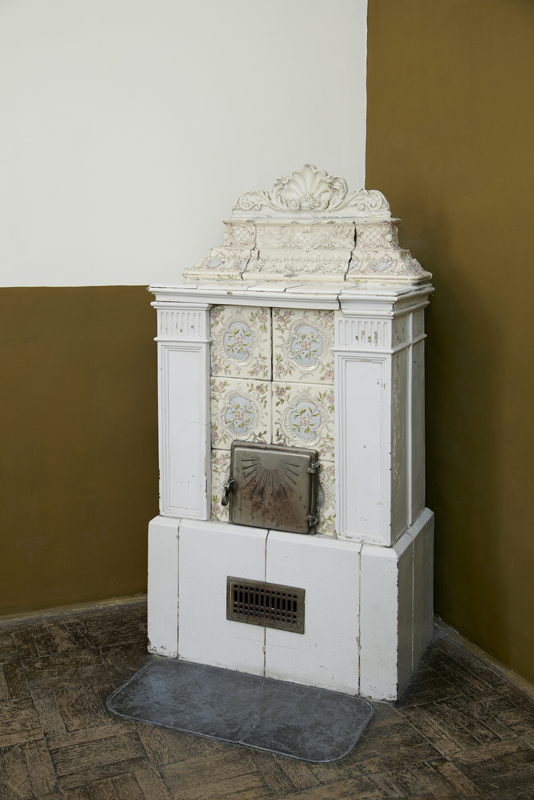
Tile stove built in 1956 with the use of the remains of a rebuilt Herend fireplace standing in the living room

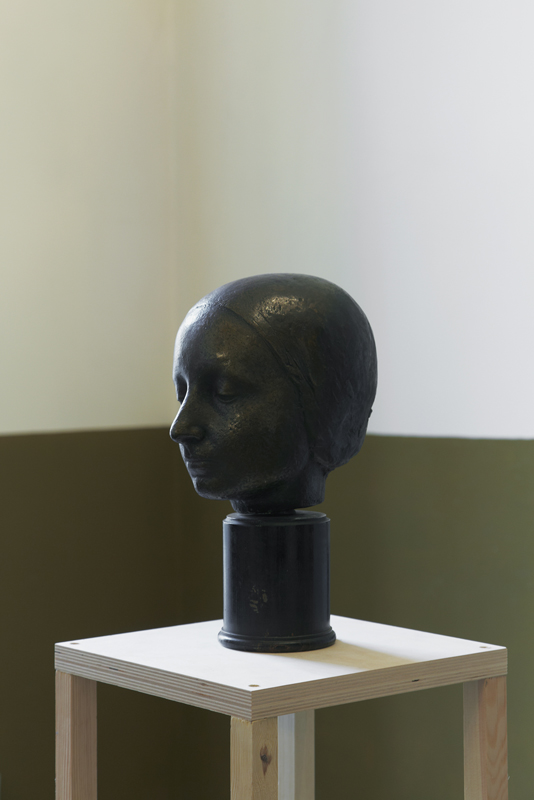
Zoltán Farkas (1900–1945): Bust, presumably of Melanie Durneiss date unknown, bronze, legacy of Magdolna Asbóth
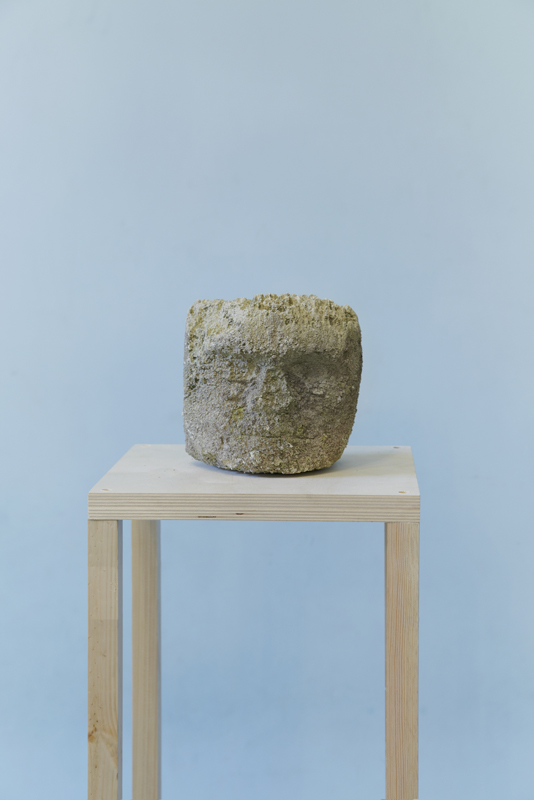
found man’s head, date and author unknown property of Sári Ember
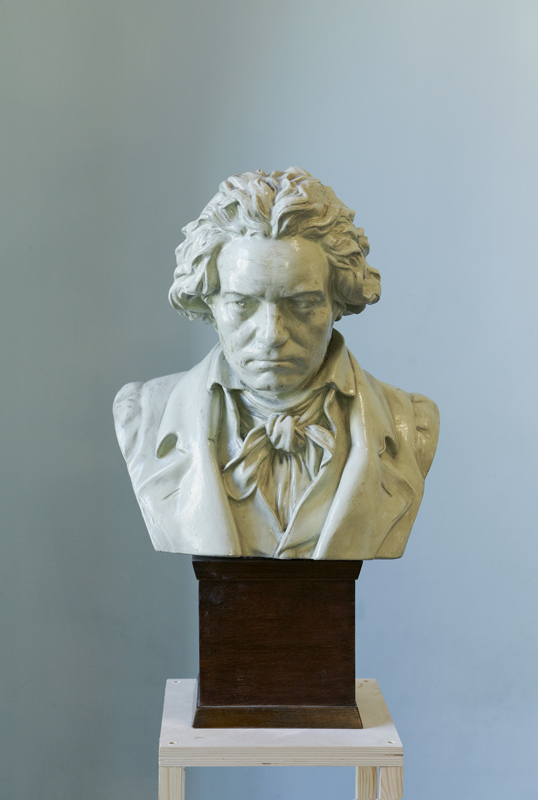
attributed to József Uhlaczky (1892-?) Beethoven, date unknown
legacy of Jenő Hubay, grand-uncle of Magdolna Asbóth, for safekeeping at Magdolna
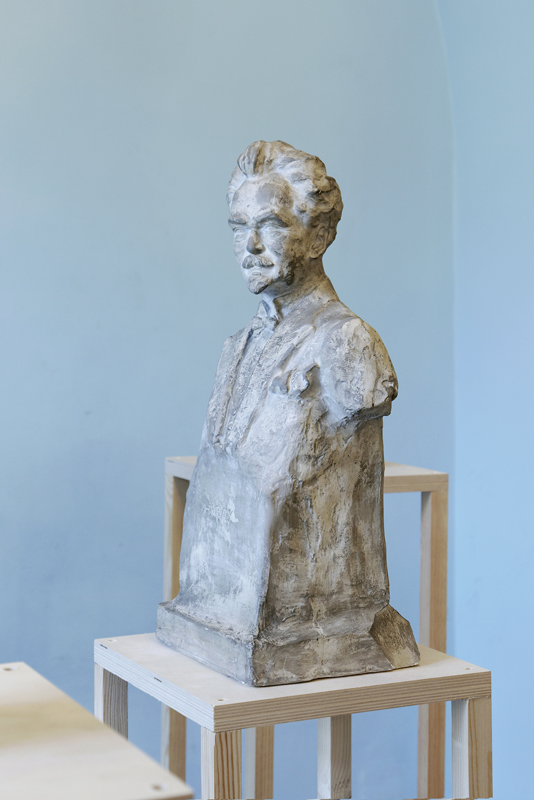
Gábor Vágó (1894-1968) Jenő Hubay, date unknown, plaster legacy of Jenő Hubay
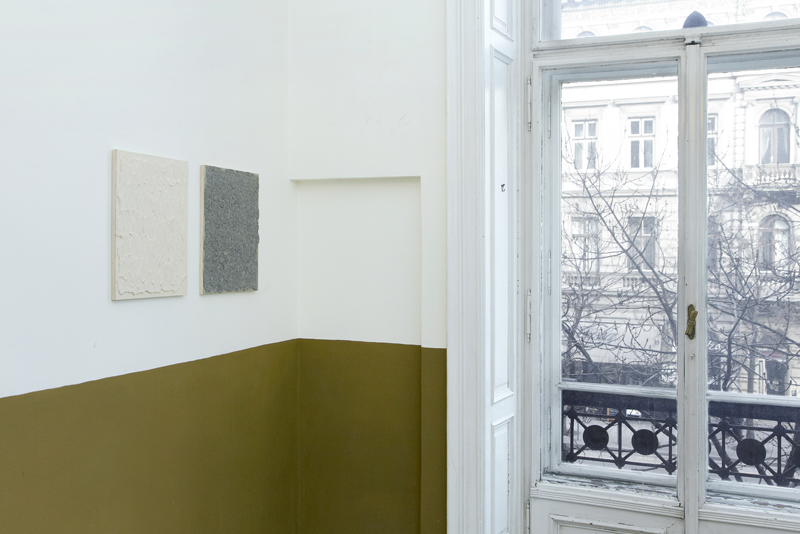
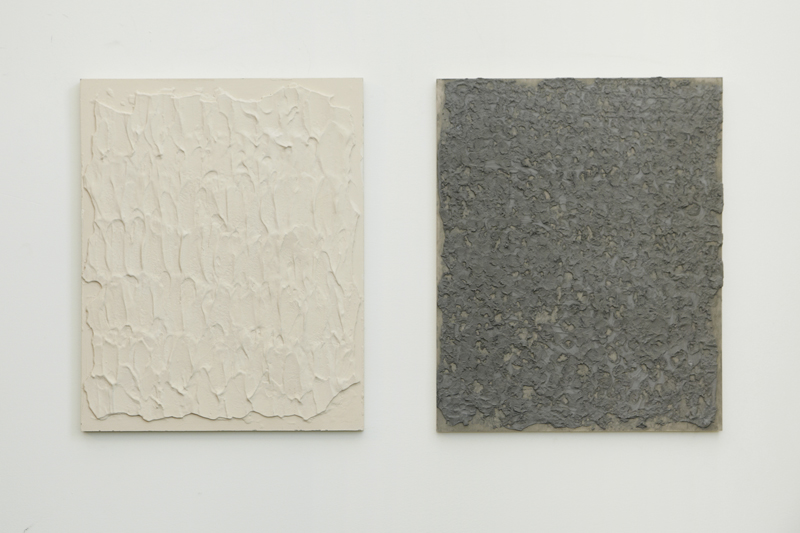
Bruno Baptistelli: Superfícies BP (Surfaces BP) 2015, plywood, cement, acrilic wall paint, iron oxide pigment, pastel
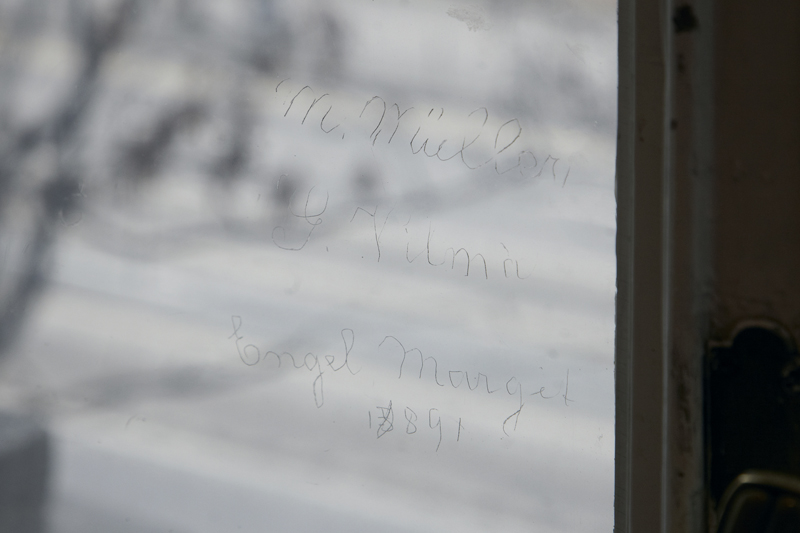
scratch on the window, 1891
There is a particular flat on the Múzeum Boulevard in Budapest (the protagonist of this exhibition), where three generations of the Ember family has been living for seventy years.
It is somehow inconceivable how places can condense the past decades and the abundance of stories attached to them. What can it merely mean that we are sharing the space with those, who used to live there before us? What changes if we have knowledge about the bygone, or if we just feel it, using an old apartment without the key for its reading having been provided to us? What signs do the previous users leave behind, and what do the spaces, the solutions of the floor plan, the proportions of the windows and the remaining architectural ornaments themselves reveal? And if we have some things from the past to grab hold of, then what can we feel from them posteriorly, and how can we coexist with them?
Keeping track of the changes and transformations, remembering the origin of the remaining furnishing all comes to an end at some point. After a while, the names that are linked to a certain carpet or cupboard, don’t mean anything. Even if we get the grandmother to show us around the apartment, after a time, these objects will also migrate from their original environment and context, thus their meaning will change. Or they will even disappear (see the list of stolen items), and posterity will try to shape them tentatively, based on the remaining records.
The bondage, which is composed of the features of the apartment and the strict, ceremonial arrangement of its objects, raises some questions for the present dwellers: where are my own boundaries, and from what point do I start to carry the troubles left from my family? How long will I be able to share the space with this condensed time? During everyday usage, when will I be overwhelmed by the sensation of the space being so full of its past? The pieces of furniture (which are - even by their collector and caretaker – often connected to the notion of heaviness: ‘terrifically heavy’, ‘beautiful piece, but very heavy’) instead of being practical pieces serving their owners, take over the place. The aim of the flat starts to shift to the their preservation and maintenance. When the new generation starts to shape its living area, they can only do it by small alterations within this inherited system, which is only an illusion of change. As long as we live in it, most of the cases we are not even aware of these automatisms; distance is needed to discover the possibilities and opportunities of change.
This detachment and abandonment did allow this current exhibition to happen. Before the new tenants would occupy the apartment, the old ones come to say
goodbye to the emptied spaces. Once again, they look at it in its sheer reality. As a gesture of farewell, Sári Ember once again opens it to the public (as she did it there in their Salon for years), inviting others as co-creators. New perspectives are added to the appreciation of the space and the family heirloom, and to the reaction to these. On the one hand, Sári herself - after spending two years abroad - have recently returned to Budapest, but she no longer lives in the Múzeum Boulevard flat. She went to Brazil, where she had been documenting the inner life of the house, which served as her temporary home, for two years. This consciousness and responsiveness are noticeable also in the current exhibition, however, from an entirely different position. On the other hand, the involvement of Bruno Baptistelli and Zsófia Keresztes allows additional, personally less biased perspectives. The interviews of Márton Hakkel explore what the flat meant to those who used it daily or lived there during the years of the Salon: the speakers sketch the last “golden age” of the apartment together.
The ensemble of the exhibited objects - artworks and memories from the heritage of the family - are being mixed with the contemporary works. The young ones practically select those things from the past, to which they feel connected, or would like to carry them on in some way, and begin a dialogue with them.
For Bruno Baptistelli not only the apartment, but the whole city is the object of new observations; hence he has the courage to put a bulky security grid in the middle of one of the rooms, next to the richly carved cabinets, and to hang his paintings on it. His works are imprints of his impressions, collected while strolling in the city, and yet there often occur some eerie similarities between them and some elements of the flat. A circulation of the factures and forms commences - what has originally resembled the plaster on the facade of a building, now begins to connect to another object.
Zsófia Keresztes is familiar with Budapest, however the apartment is a new milieu for her: she complements the living space with a false security alarm (acting as if it was integrally belonging there), and adds a plant, which underwent a strange metamorphosis. As if in the empty flat certain uncontrollable processes had begun, we are not any more in charge of what’s happening to the objects: they has started a strange proliferation on their own. The space in its formerly known form starts to go through a modification, from which no return is possible to the well-known but never fully embraceable version, that still kept the traces of the former generations.
Before abandoning the apartment, the youngest generation has the opportunity to test what it feels like when it is only up to them, what is in the space. They can shape it in their own way, even if only for a short period. That is how they say goodbye: they have looked at the flat with this new face, which they couldn’t see or experience so far. And then, they decide to cut the bonds and climb out into the endless blue.
Anna Juhász